This was actually a fairly simple process. Getting my MakerBot minis to behave was (is always) the most difficult part. We used www.Tinkercad.com to create them, and it's really intuitive and easy to learn.
If anyone would like a few pointers about how to get started with this, don't hesitate to reach out via [email protected]
I can't wait to bring this project to my middle school students and keep the quilt growing!
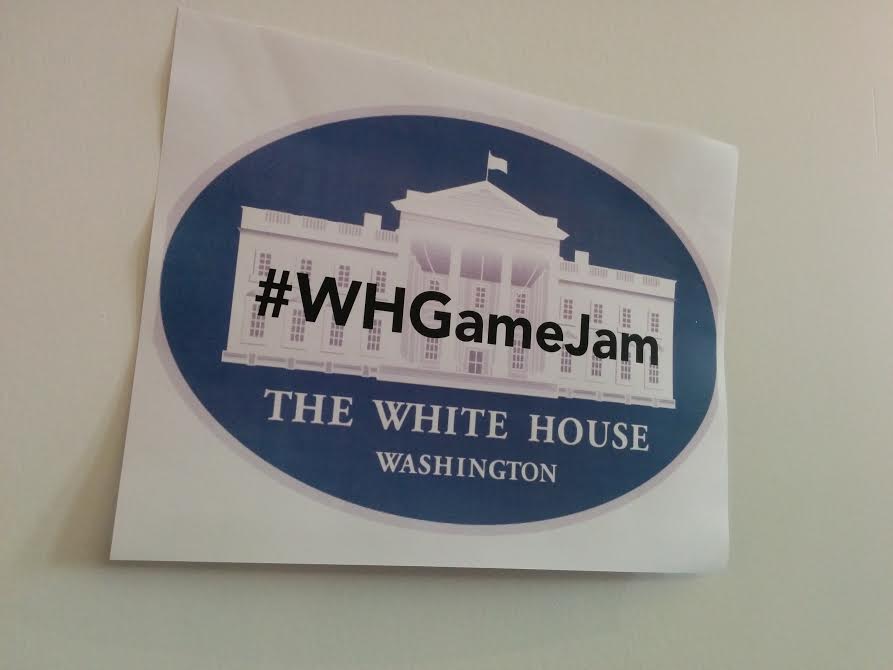

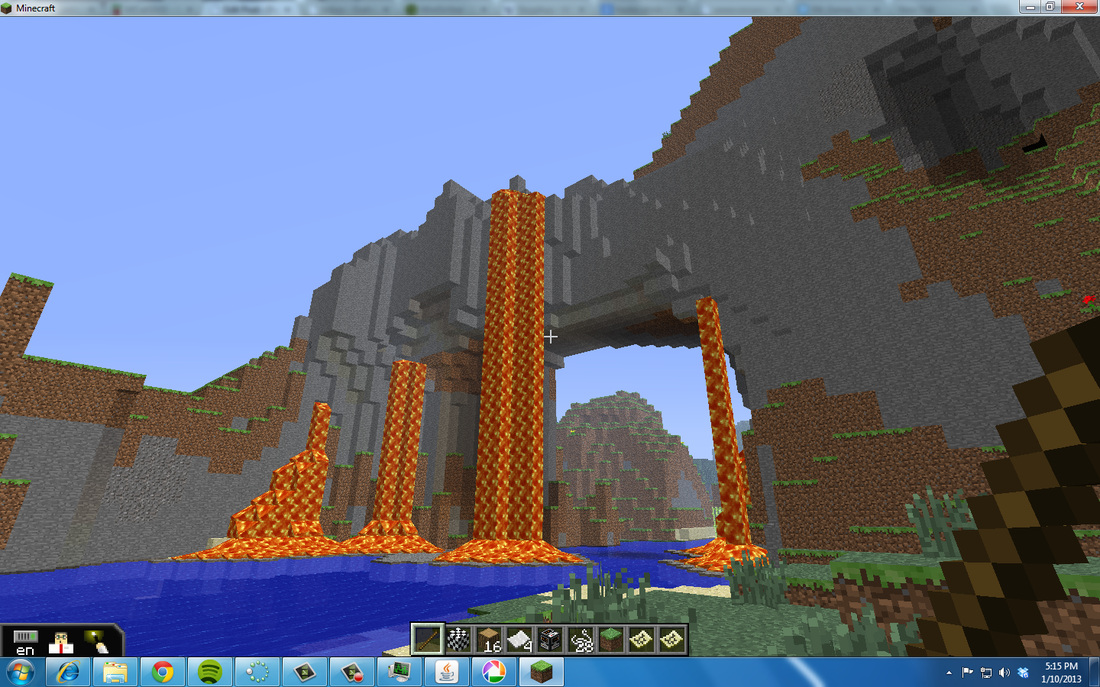
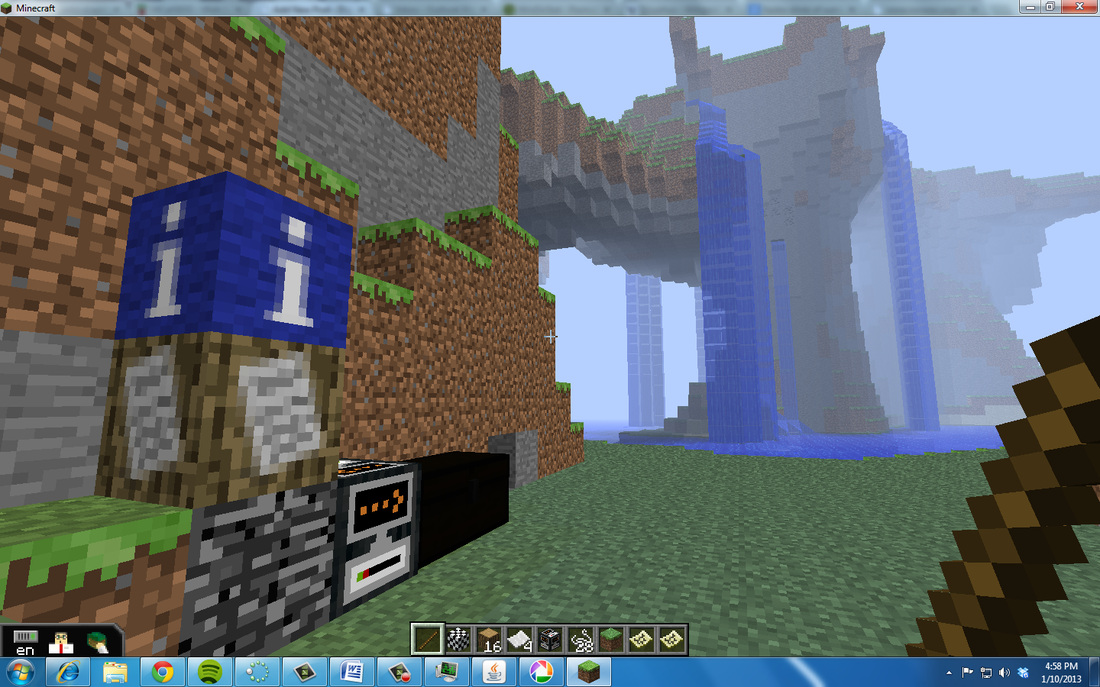
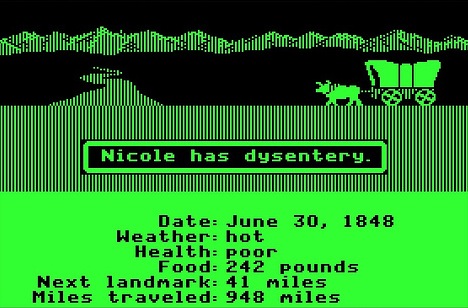

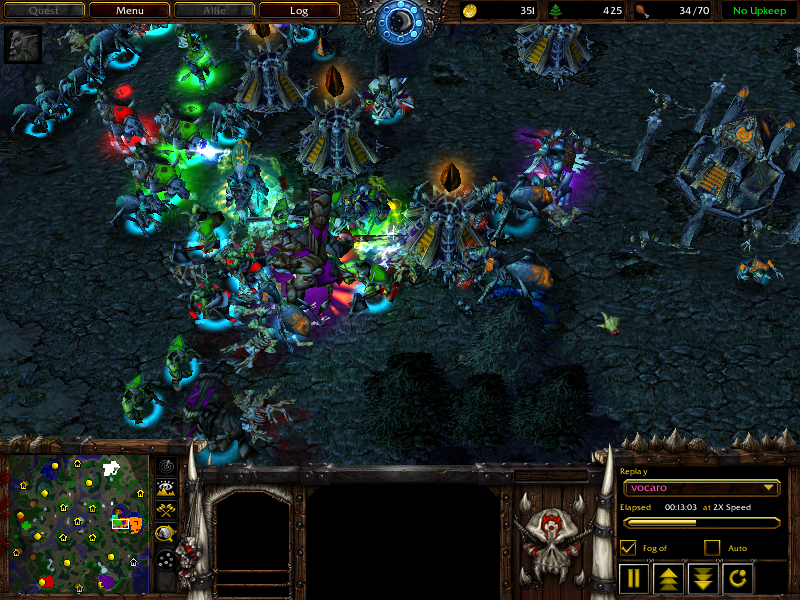
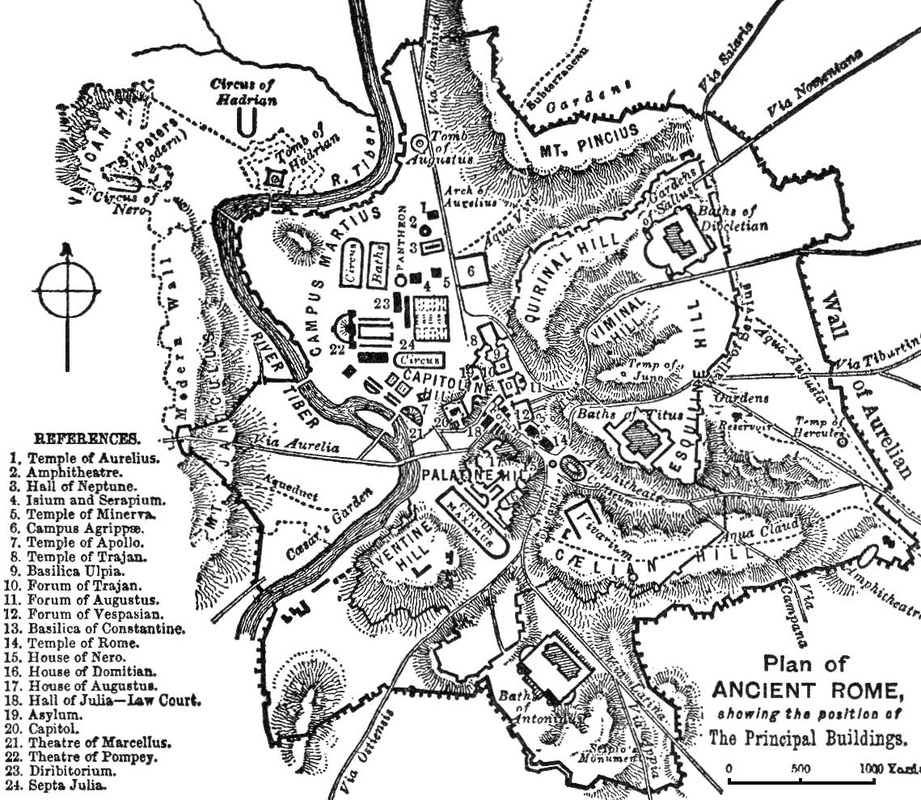
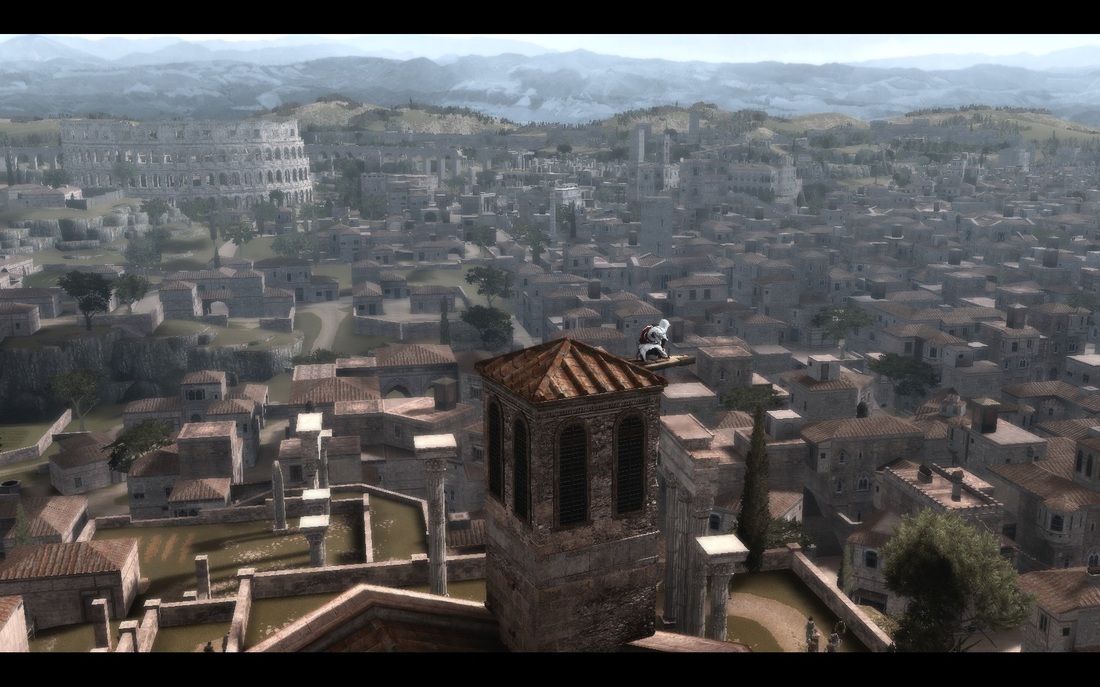
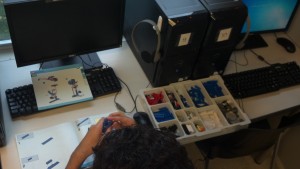
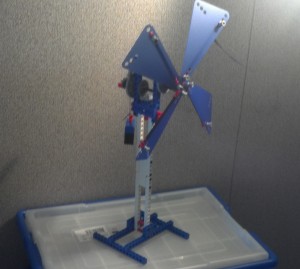
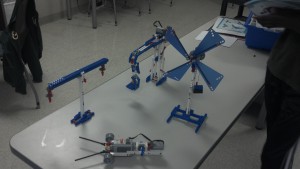
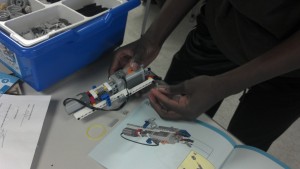
 RSS Feed
RSS Feed
